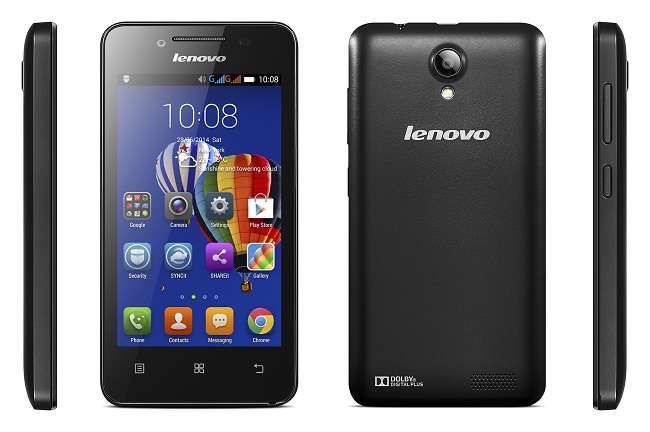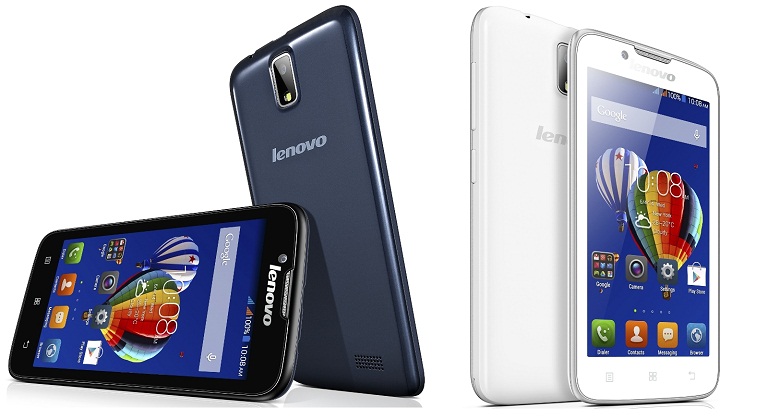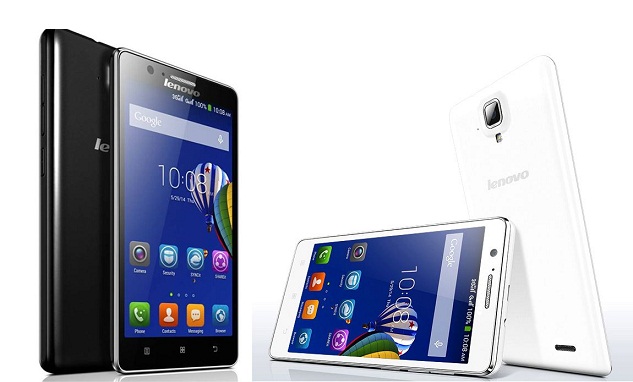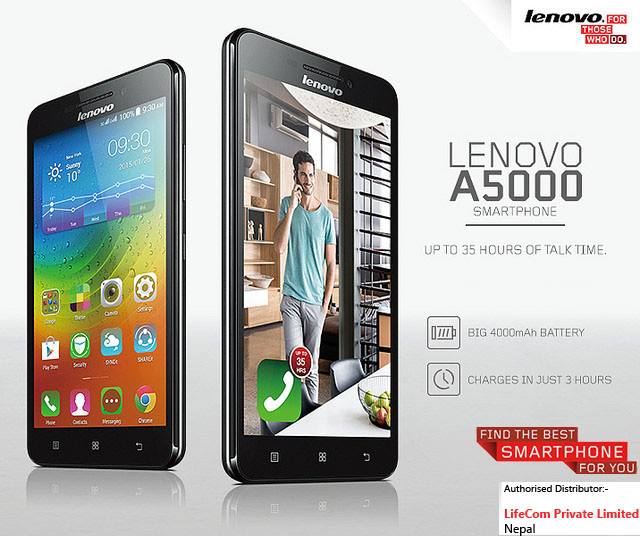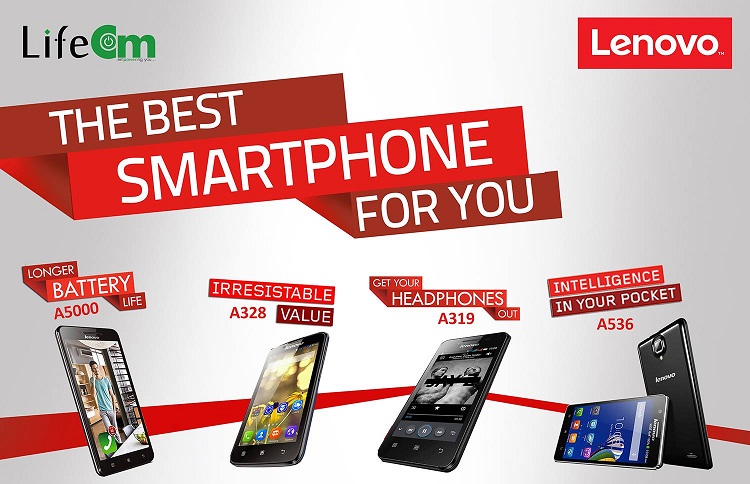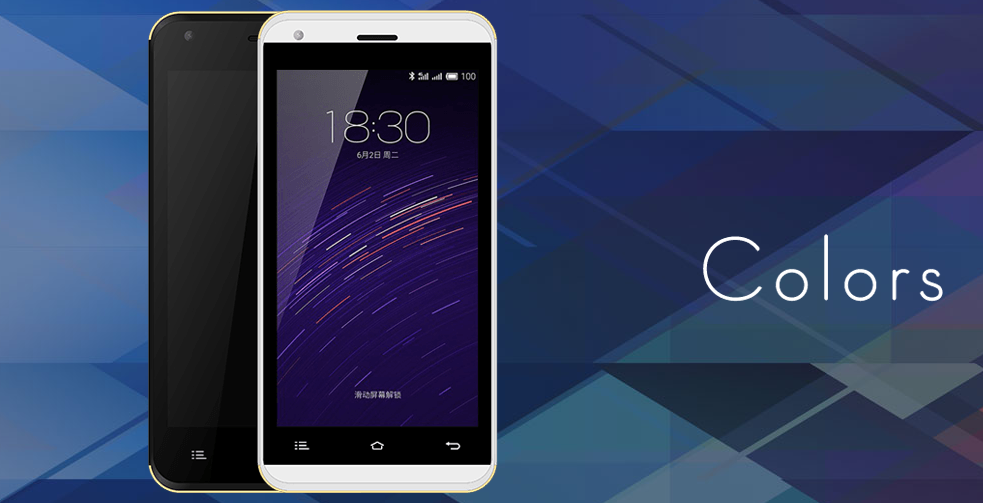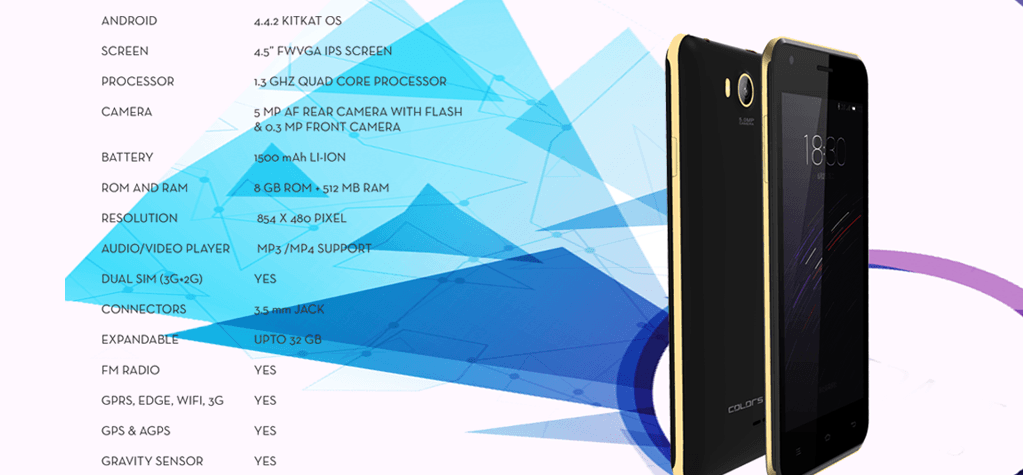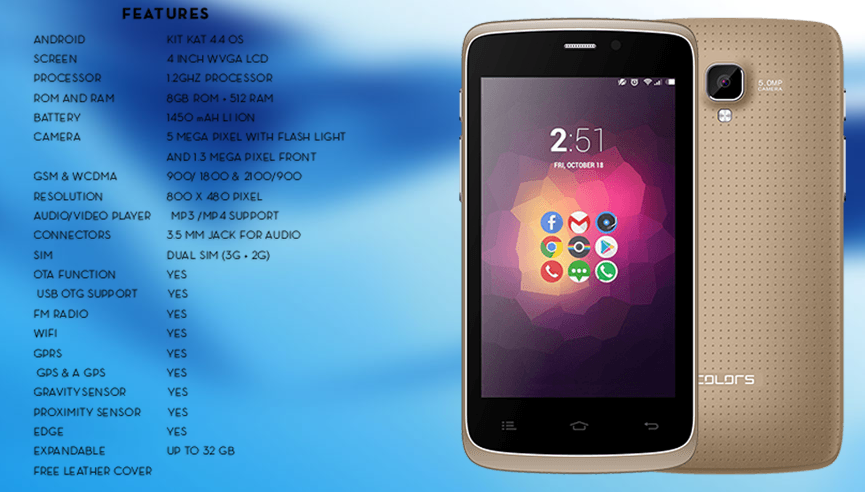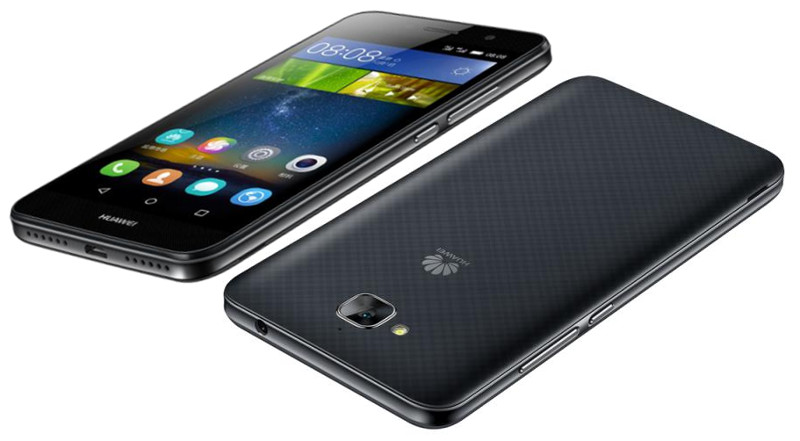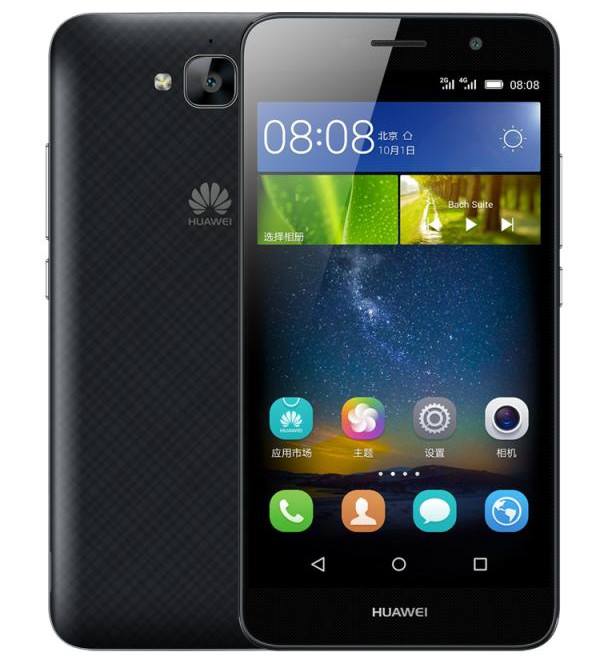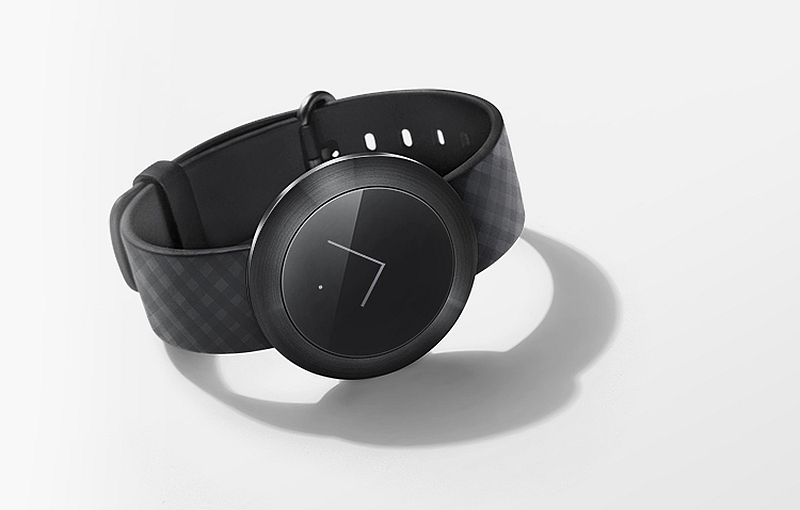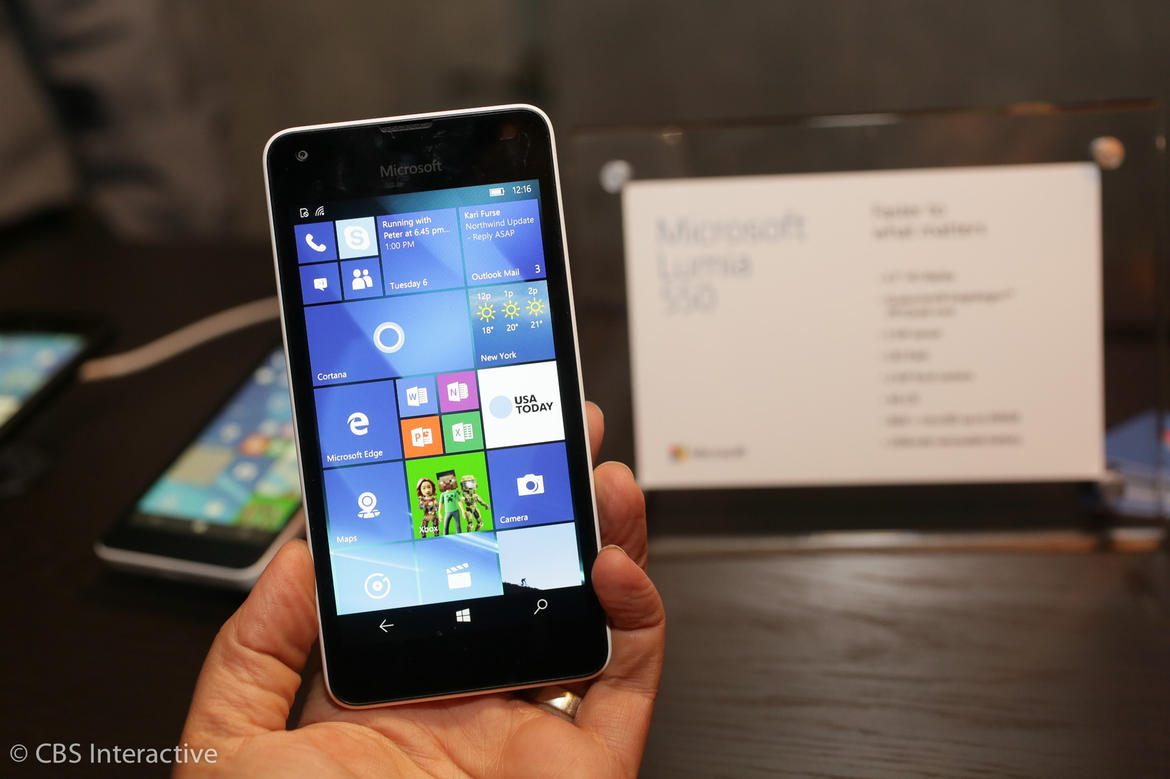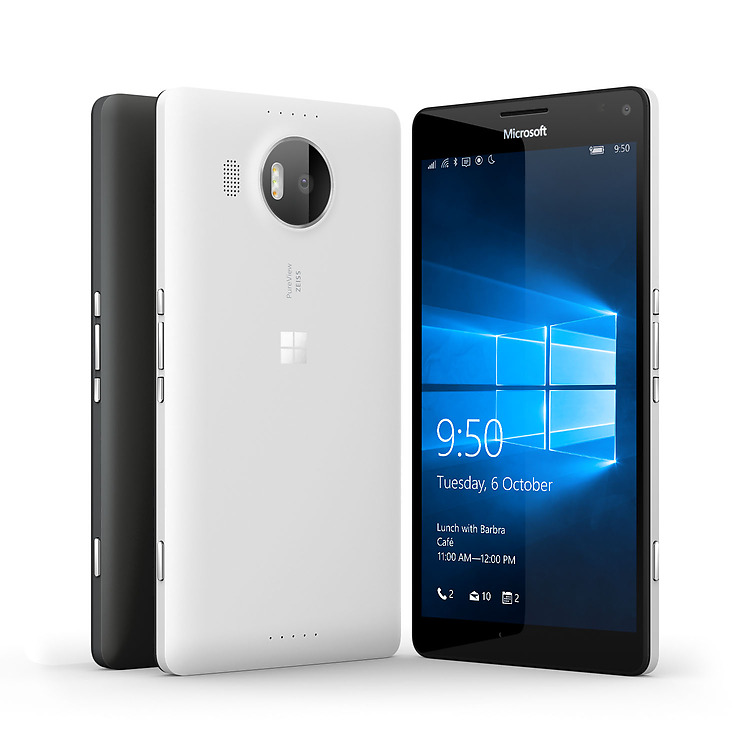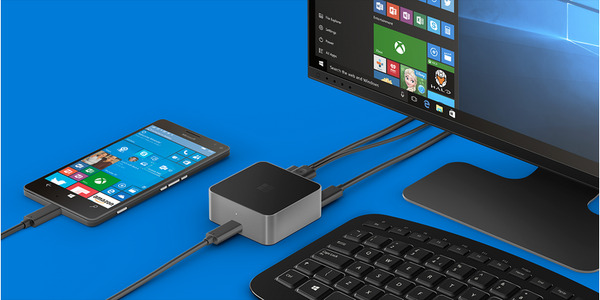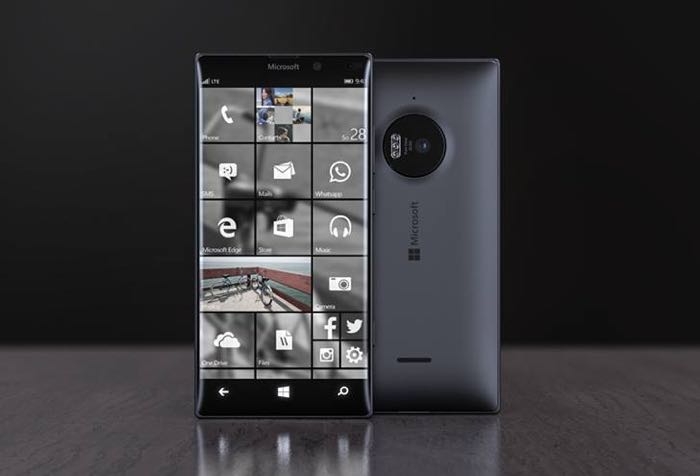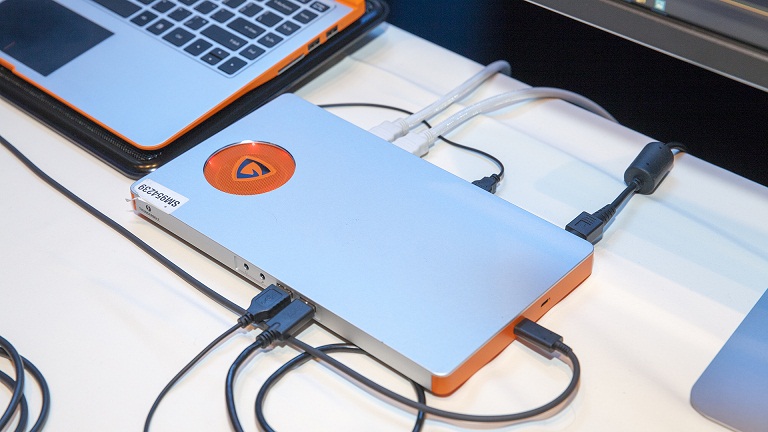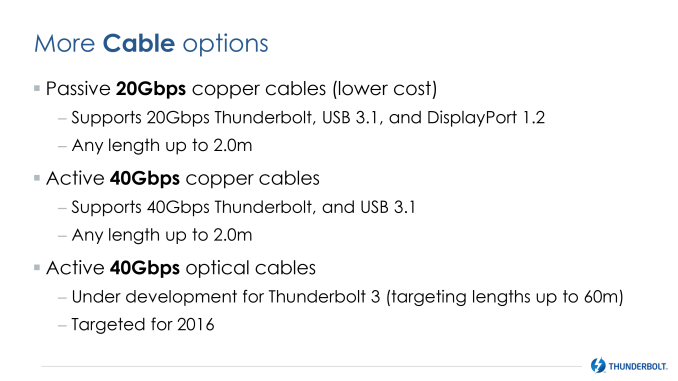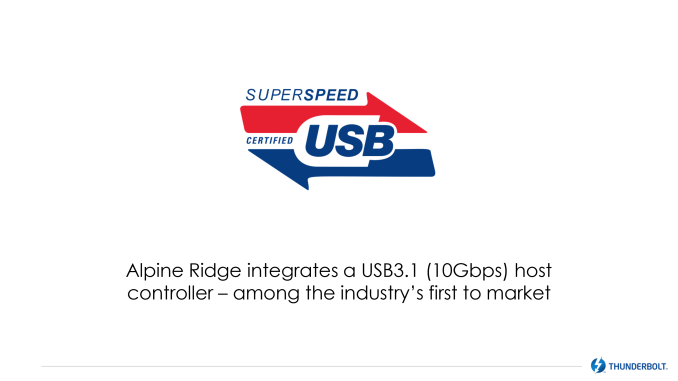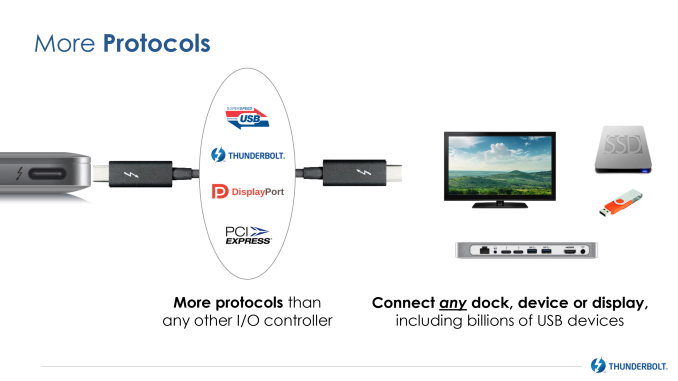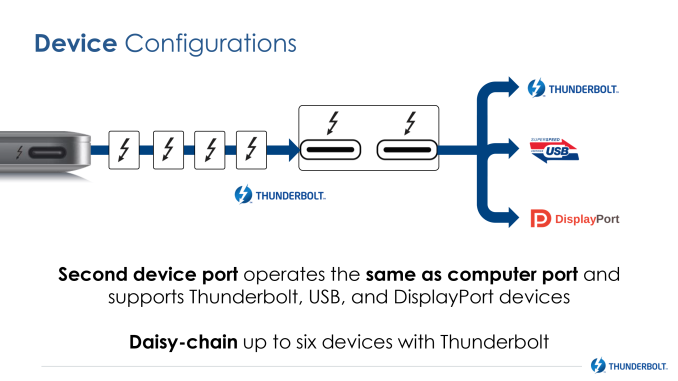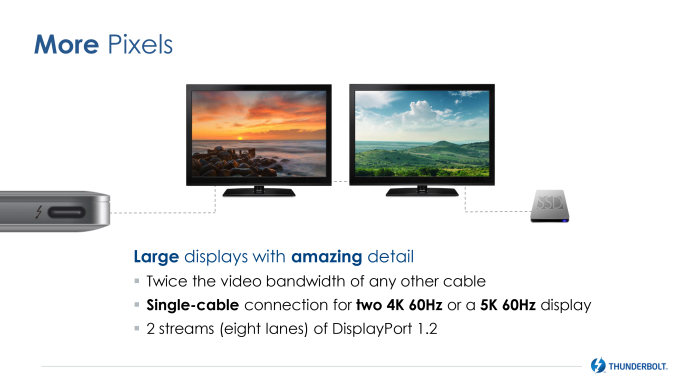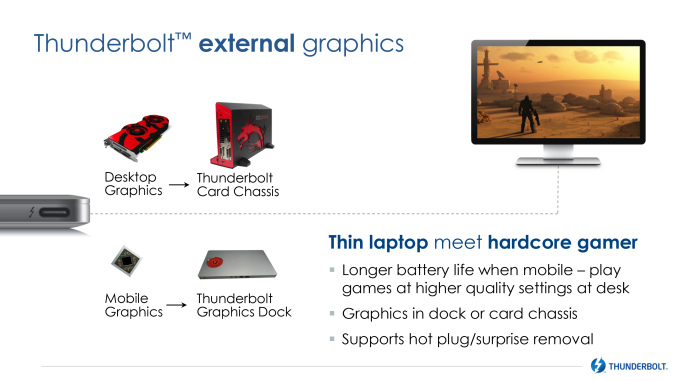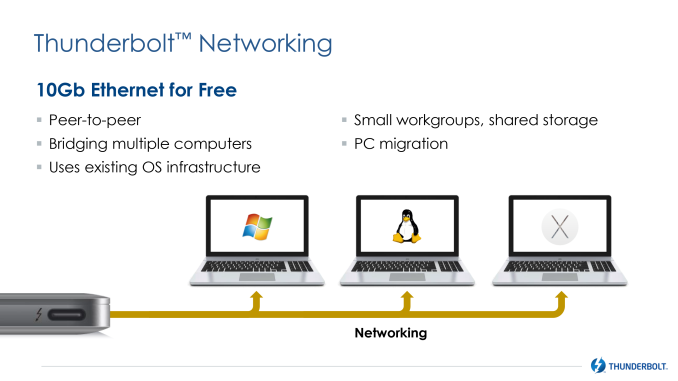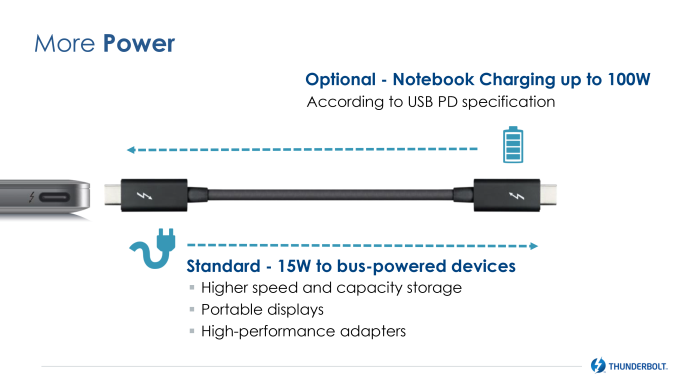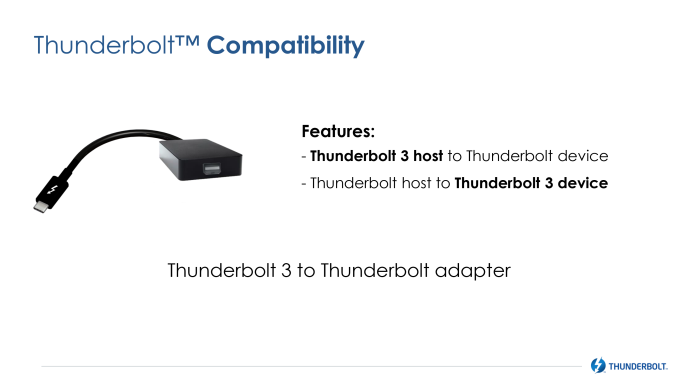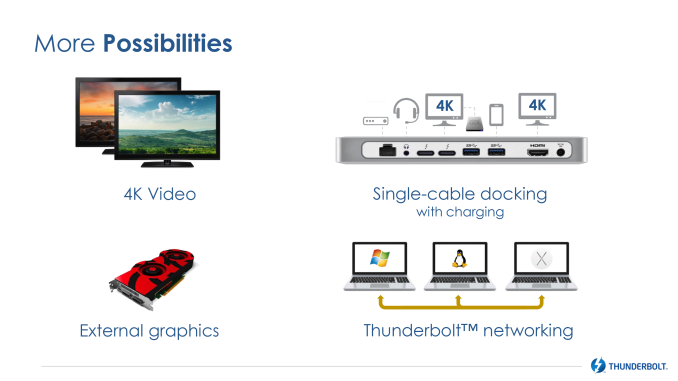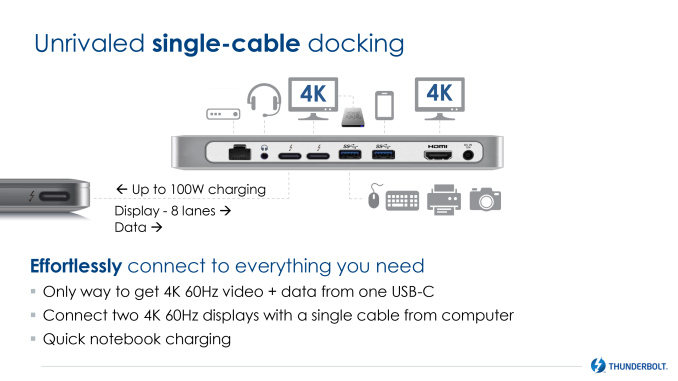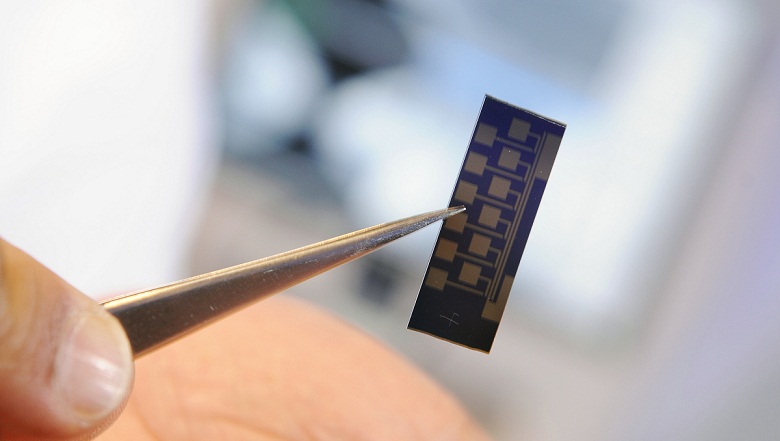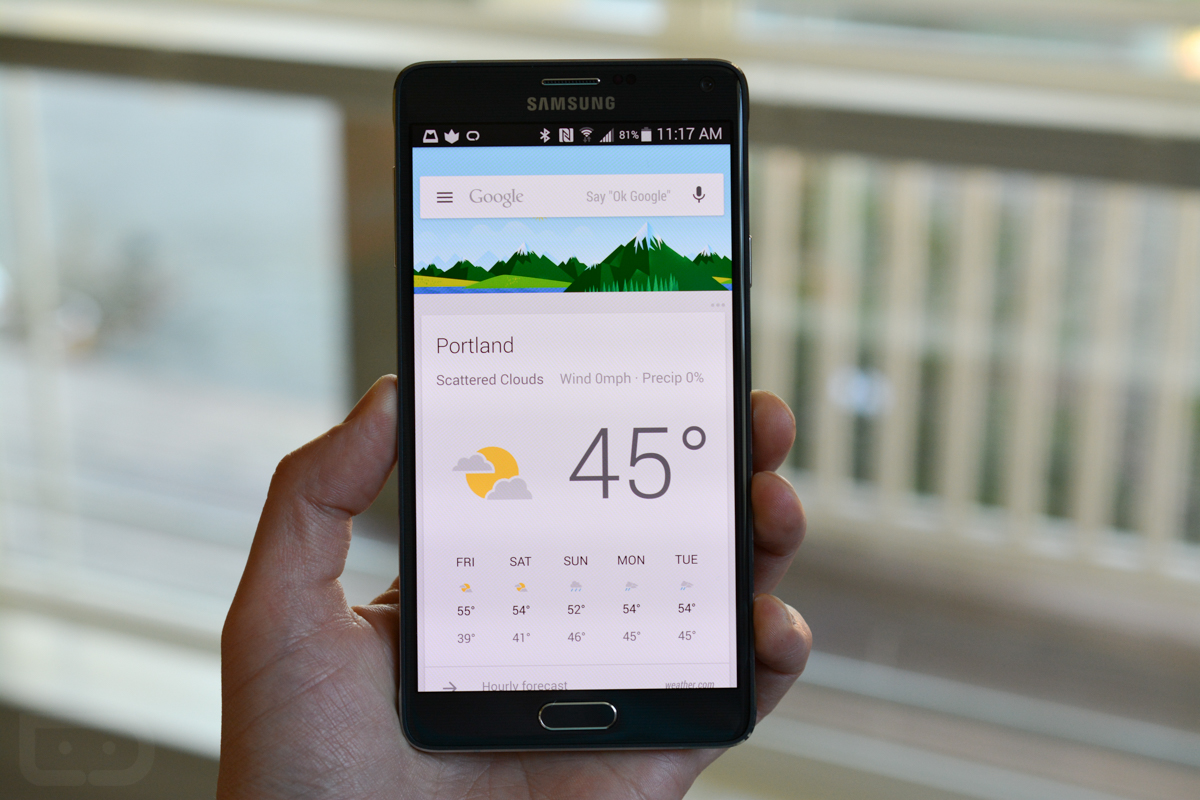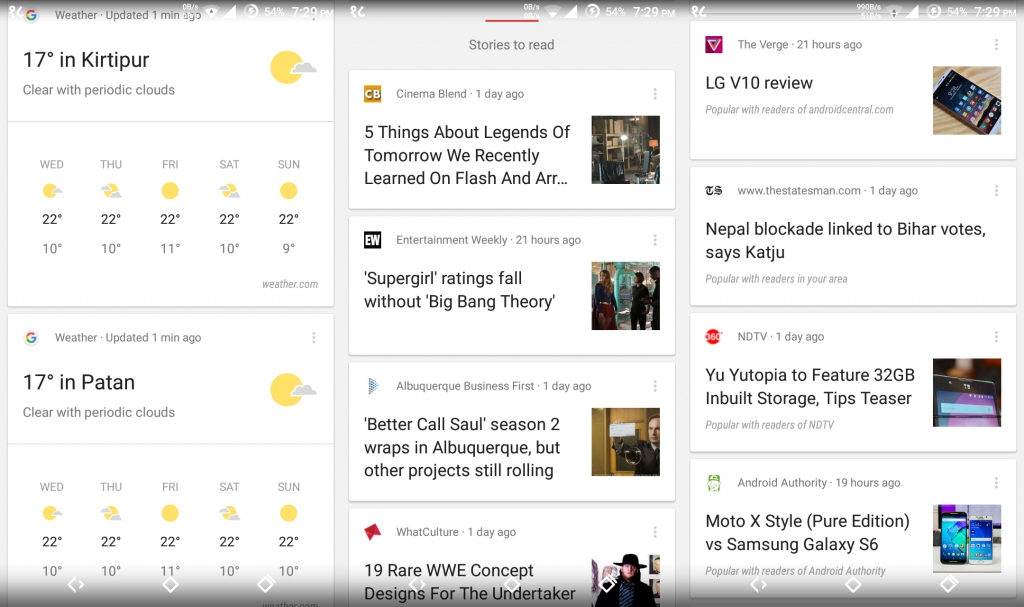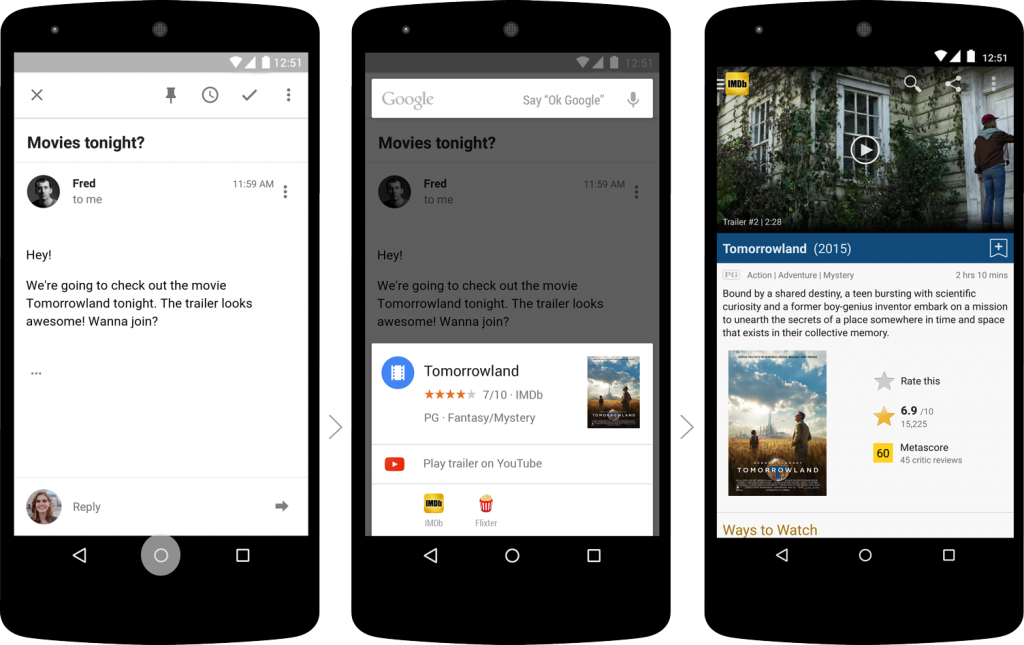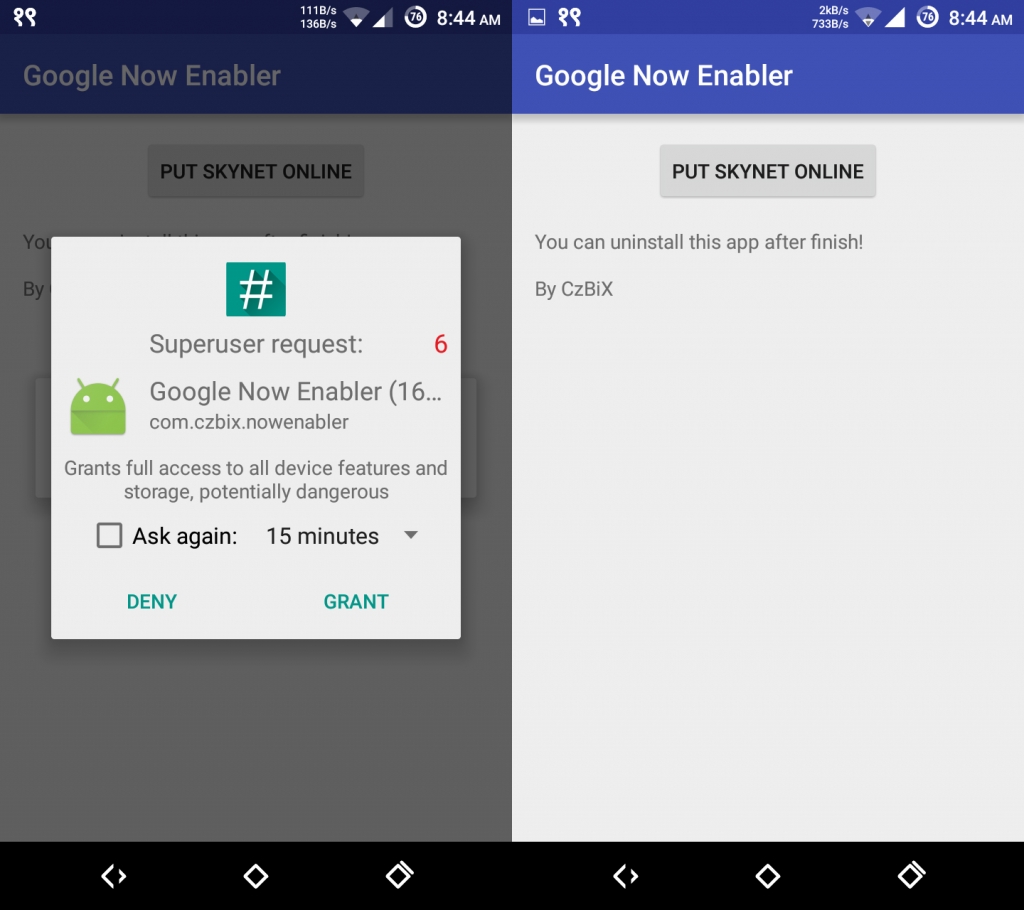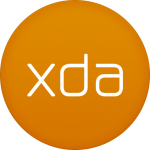All the existing system on a chip are made up of Silicon Transistors, but IBM has revealed a breakthrough in creating transistors that use carbon nanotubes. These nanotubes are reported smaller in size (10nm), faster, efficient, and more powerful.
At this point, 14nm chips (used on Samsung’s latest phones Galaxy S6 and Note 5) seems to be the final node for Silicon FinFETs. Beyond 14nm, as we move down to 10nm, a new material will be required. Carbon nanotube transistor is the solution. It features a new class of semiconductor materials that consist of single atomic sheets of carbon rolled up into a tube resulting in a superior electrical properties with electrons moving more quickly than in silicon-based devices. It can operate at ten nanometers and have higher electron mobility than Silicon, allowing for lower voltages, and thus reducing power consumption, tunneling, and leakage.
Replacing the traditional silicon devices with the Carbon nanotube transistor will also result in high performance computers and smartphones, enabling larger Data to be processed faster, increasing the power and battery life of mobile devices and the IoTs (Internet of Things), and creating cloud data centers to deliver services more efficiently and economically.
CARBON COMPUTING: A Q&A WITH AN IBM RESEARCH’S SHU-JEN HAN
1. How are silicon and carbon similar when it comes to transistors?
Let’s start with carbon because it has so many different allotropes, from carbon nanotubes, graphene to diamonds. But diamonds, for example, are electrical insulators, not semiconductors – which are what we need for a transistor. Graphene is a two-dimensional sheet of pure carbon (yes, one-atom-thick) that can conduct current well, but it does not have a bandgap, therefore, transistors made with graphene cannot be switched off. Carbon nanotubes are a rolled-up form of graphene, which are somewhat similar to Silicon since they both have band gap and can be used as the center piece of the transistor – the channel.
2. Why are carbon nanotubes not in use like silicon?
Silicon has offered many advantages as a transistor material for the last half century. One biggest perhaps was that it forms a great gate dielectric – SiO2. For carbonnanotubes, many material issues have to be solved to obtain similar high-quality carbon nanotube wafers for device fabrication. We can’t switch to an entirely new material over night, but silicon is reaching its scaling limits.
3. How have you and your team solved this issue of contact resistance?
Carbon nanotubes conduct electricity much faster than silicon, and perhaps more importantly, they use less power than silicon. Plus, at just slightly over one nanometer in body thickness, they’re significantly thinner than today’s silicon, providing good electrostatic control. The challenge has, until now, been how to form high quality contacts between metal electrodes and carbon nanotubes.
In any transistor, two things scale: the channel and its two contacts. It’s at the contacts where carbon nanotube resistance, like silicon, has hindered performance. Especially when channel continues to shrink and channel resistance becomes less and less important. Essentially, current just cannot flow into the channel effectively when you hit atomic dimensions.
Dr. Qing Cao and my other teammates at [the IBM Watson Research Center] developed a way, at the atomic level, to weld – or bond – the metal molybdenum to the carbon nanotubes’ ends, forming carbide. Previously, we could only place a metal directly on top of the entire nanotube. The resistance was too great to use the transistor once we reached about 20 nm. But welding the metal at the nanotubes’ ends, or end-bonded contacts, is a unique feature for carbon nanotubes due to its 1-D structure, and reduced the resistance down to 9 nm contacts. Key to the breakthrough was shrinking the size of the contacts without increasing electrical resistance, which impedes performance. Until now, decreasing the size of device contacts caused a commensurate drop in performance.
4. What is necessary to scale this technology? And what is your next step in this work?
We must scale our carbon nanotube transistor onto a wafer. The challenge is twofold: it includes how to orient and place these 1 dimensional structures from the solution onto the wafer as well as how to purify them (initial solution has about 1/3 metallic tubes which are not useful for transistors and need be removed).
We’ve developed a way for carbon nanotubes to self-assemble and bind to specialized molecules on a wafer. The next step is to push the density of these placed nanotubes (to 10 nm apart) and reproducibility across an entire wafer.
5. What future nanotechnology are you looking forward to?
I can see the potential of our carbon nanotube chips to replace silicon for conventional computing uses. Better transistors can offer higher speed while consume less power. Plus, carbon nanotubes are flexible and transparent. They could be used in futuristic “more than Moore” applications, such as flexible and stretchable electronics or sensors embedded in wearables that actually attach to skin – and are not just bracelets, watches, or eyewear.

